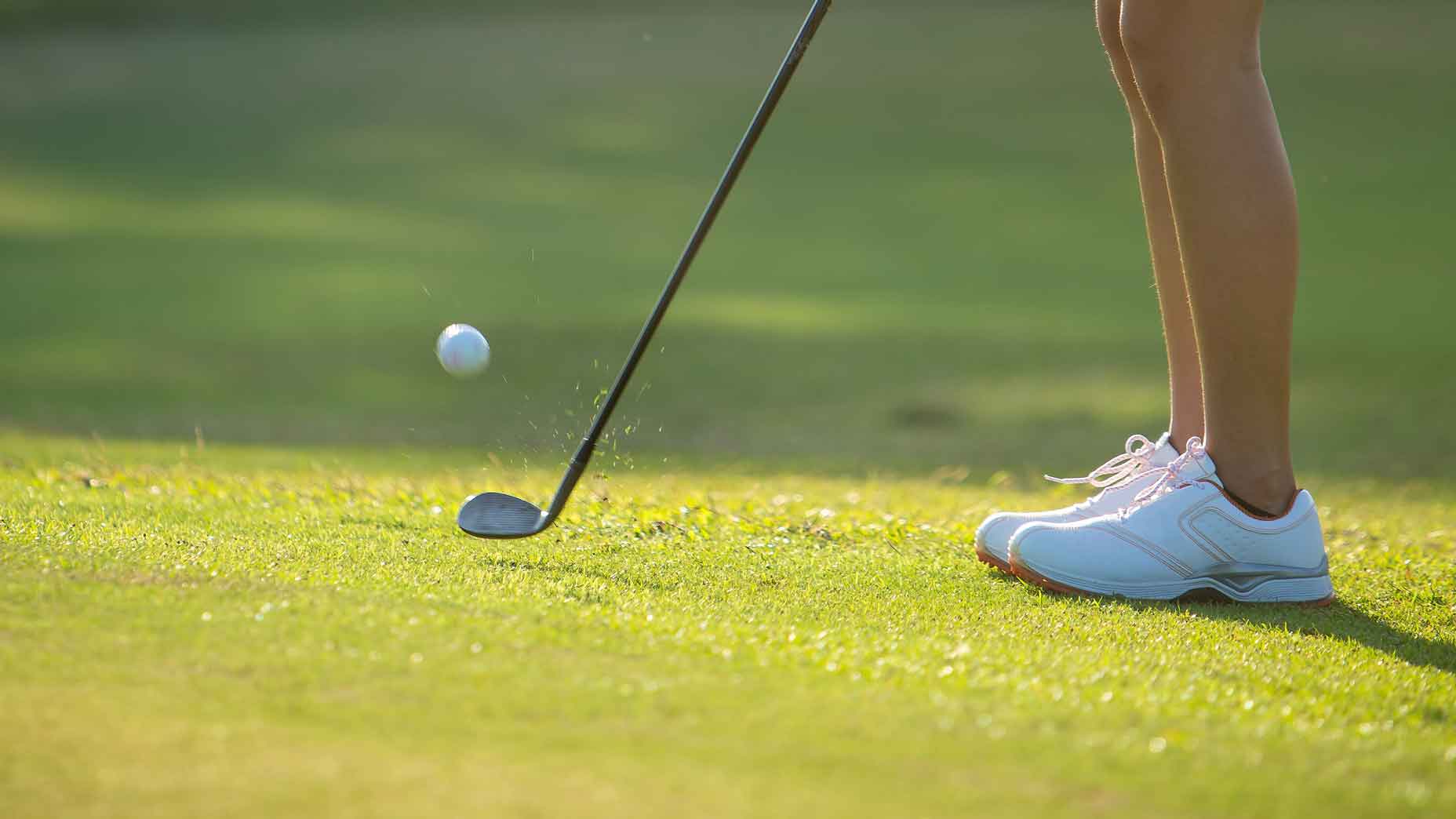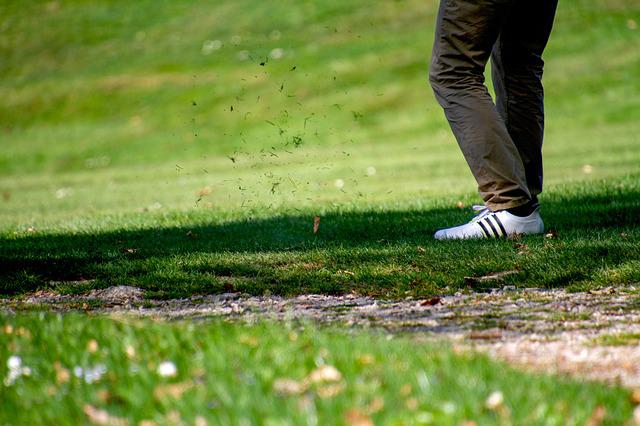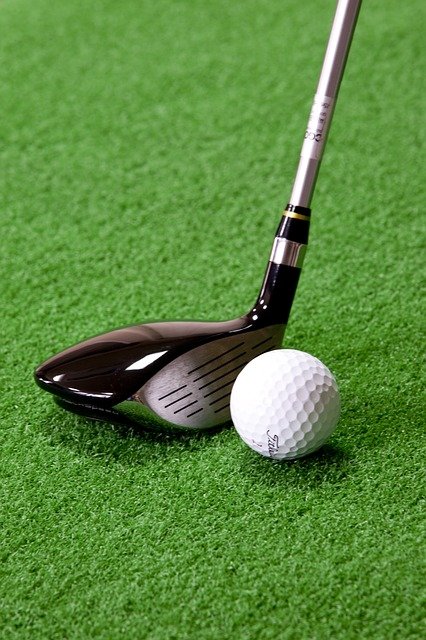
A good golf swing will start with a solid set-up and grip. From there, it is important to focus on the downswing, which is the most crucial part of the swing. You will hit better shots if you have a good grip and setup. Remember that practice is key to success so be sure to study about these aspects. You'll soon be able to improve your game if you adhere to these principles. You don’t need to be an expert athlete. You'll soon improve your golf swing.
Setup
A successful golf swing depends on its setup. Your ability to develop good habits at the start of the game will help you improve your game. Here are the most important factors to remember when setting up for a golf swing. Your swing's success depends on your address position. Your club and grip should be properly aligned.
Grip

Golfers have the most problems with the downswing. Although the arms move in front of the body vertically, golfers tend to move their hands behind it. This transition or lag is crucial to maintain compression and make a solid strike. 11 videos are included in the RST Video Player Learning System that focus on this fundamental motion. Here are the steps. Read on to discover more about how to transition your hands correctly.
Stance
There are several things to consider when determining the proper stance for golf. First, pick your target. This will serve as your reference point and should be used for all shots. Many golfers forget this important step, so it is imperative to choose the target before you begin your golf swing. Knowing your target will make sure that every shot counts. This article will demonstrate the importance to know your target. Continue reading to learn how to find the right stance for your golf swing.
Downswing
The downswing plays a crucial role in the golf swing. It is responsible for the accuracy and distance of your shot. The swing's driving force is the right arm, and the stabilizing foot is the left arm. Golf's downswing requires precision. The downswing must be precise enough to have a significant effect on the trajectory and distance of the ball. The outcome of a round will be determined by the ball flight.
Weight shift
While the proper weight shift is crucial to your golf swing it can often be hard to master. The wrong weight shift could be the reason you are having trouble keeping your balance during your swing. Incorrect weight shifting can lead to many other problems including a golf slice. Learning how to properly weight shift can help you improve your golf swing, as well as correcting common problems such a golf slice. This article will provide you with five drills that can help correct this problem.
Follow the instructions

To be able to golf correctly, one should have high hands at the end of their swing. A straight trajectory can be achieved with a hand that is high. On the other hand, low hands may mean that you have an out-to-in swing, which will lead to a slice or blocked to the right shot. It could also mean that your club isn't hitting the ground correctly. This can lead to a painful finish and other problems. Correct your grip, face alignment, as well as the path of the club to avoid this problem.
Stop post-impact
To avoid standing up after your round of golf, a good tip is to keep your eyes on your head. This way, your head won't move as much at impact and your spine angle will remain consistent. If you feel like you are standing up while you backswing, it is probably not right. Instead of standing at impact, focus on maintaining your straight arms and body. It's the best thing to do when you are playing golf.
FAQ
Can I learn how golf is played?
Yes. You can take lessons at several schools to learn how golf is played. You will need new equipment, such as a set or clubs.
What is the scoring system for golf?
The scorecard can be divided into four categories: Stroke play, Par 3, 4 and 5. Each category is further broken into strokes. To reach par, a player must play 18 holes (Par 72).
The lowest score wins.
What's the best time to golf?
Playing golf between May-September is the best time. There is rarely any rain during this period and the temperatures are usually moderate.
Winter months can be very cold. It is also difficult to walk on the fairways due to snowfall.
In spring and fall, the grass gets too high, making the flagstick difficult to see.
Statistics
- In the United States, women made up 25 percent of golfers in 2021, which was up from 19 percent in 2011, and junior female golfers account for 35 percent or 1.1 million golfers.[50] (en.wikipedia.org)
- In the United States, the number of people who play golf twenty-five times or more per year decreased from 6.9 million in 2000 to 4.6 million in 2005, according to the [51] (en.wikipedia.org)
- Professional golfers typically make between 60% and 70% of greens in regulation. (en.wikipedia.org)
- They do this by means of assessing and rating courses according to the average good score of a "bogey golfer," a player with a handicap of around 20. (en.wikipedia.org)
External Links
How To
How can you play better when the wind blows?
Golf is an outdoor sport played in open spaces and on well-kept grassy fields. It is one of the most popular sports around the globe. There are many types of golf courses across the world, ranging from public parks to private clubs. You can also play indoors such as indoor arenas or shopping malls. The game consists of a series of holes, where players must hit balls into them. Each hole has a fairway rough, fairway, fairway, green, hazards (e.g..water), and rough. Depending on the type shot needed, players may use a driver (wedge, wedge, long-iron, or putter). Depending on the rules of the course, players may have to carry the ball up to a certain distance before hitting it, or they may only have to drop the ball in the cup. The conditions that a player experiences when playing outdoors golf can have an impact on how they hit their shots. These conditions include the speed of wind, temperature, humidity, as well as visibility.
There are two main types of winds: crosswinds and headwinds. Crosswinds blow in the opposite direction to headwinds. If the wind blows toward the golfer it means that he/she hits against the wind. But if it blows away from him/her it will mean that he/she hits with the wind. Playing golf in a strong wind is much harder because the ball tends to fly higher and further. This makes it harder for the player controlling the ball's trajectory. To offset these effects, players attempt to keep their club face perpendicular the ground. They strike it in a way that makes it contact the ball fully and maximizes its power. The ball will fly farther in stronger winds, but it will fly lower in stronger winds.
It takes a lot practice to play golf in wind. The wind has an effect on the ball's flight path, as mentioned earlier. A great golfer should be aware of what type of wind is blowing in the area. He/She would adapt his/her swing to suit the conditions, so that he/she could hit the ball with no energy loss. You should also consider where the wind is blowing. The wind doesn't always travel the same way in all directions. For example, the breeze that blows off the ocean can be very light, but it can often be stronger near the shoreline. Similarly, the wind blows strongest close to the ground. These factors mean that golfers must be aware of the direction and intensity of the wind.
Playing golf in the wind means that your swing must be adjusted constantly. It is important to be aware of the wind and adjust your swing accordingly. Learn how to read the winds and adjust your swing accordingly.